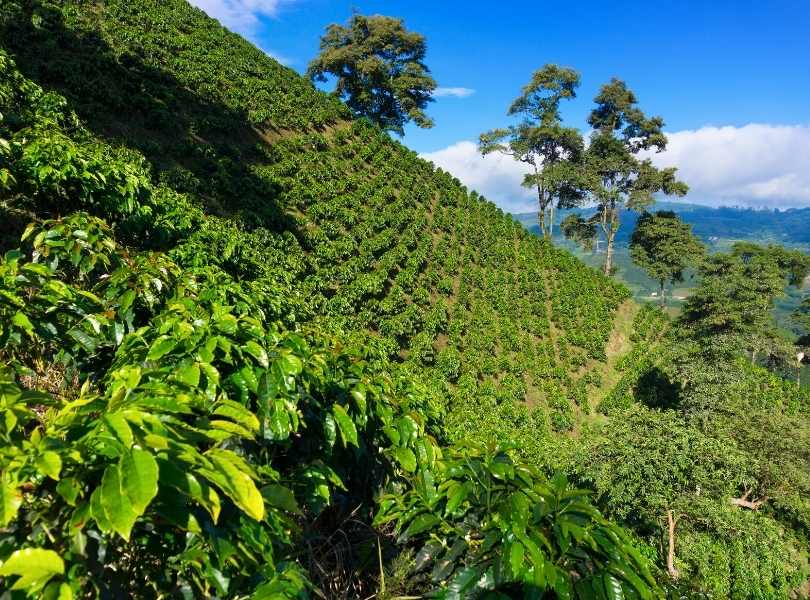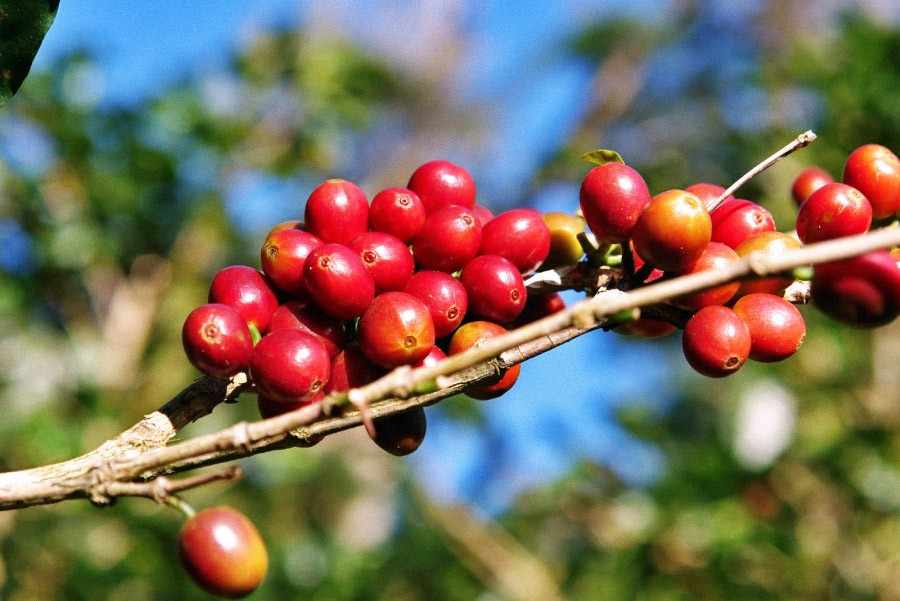Specialty green coffee lot: Gesha Washed
If this Gesha were music, it would be the C key: difficult to obtain but amazing to enjoy. This coffee was processed with one stage of washed anaerobic fermentation that permits the variety to sing for itself.
| Region | Cauca |
|---|---|
| Estimated arrival | 30 Apr, 2025 |
| Processing | Washed |
| Notes | Floral |
| Farming | Renewable EnergyWater RecyclingYoung farmer |
| Cultivar | Gesha |
| Altitude | 1950 masl |
| Bag Size | 24 (One 24kg box with two vacuum bags of 12kg) |
| Packaging | Vacuum |
| Drying | Mechanical drying |
- Get to know who, how and where the coffee that you will sell to your clients is produced. Each coffee goes through a unique process, many times engineered by the producer herself. Acquire the coffee in a direct and consistent manner and praise the value created at the farm.
- Buying without the unnecessary intermediaries allows the producer to obtain better prices. This helps generate better jobs and more prosperous rural communities.
- When you buy pre-harvest you allow the producer to produce on demand at an agreed price. This is the most powerful way to motivate investment in quality. In addition, you indirectly support producers to get financing at a lower cost.
- Support producers who strive for implementing environmentally friendly cultivation practices. It requires a lot of effort and higher costs to protect the environment and put in practice cleaner ways of farming. Support a more environmentally sustainable industry and communicate this to your customers.
- Specially crafted coffee is not easily available as the big chunk of volume is pulled by commercial coffee, which is often institutionally protected. Therefore, buying crafted coffee is a great option to reward those risk-taking, innovative and revolutionary producers that are committed to conscious and quality consumption.

You must be logged in order to visualize the details of this coffee.

Terroir: Cauca
The Cauca region is the cradle of the Colombian massif, which is the source of most of Colombia's major rivers such as the Cauca and Magdalena. Cauca is closer to the equator, receives the most hours of sunshine throughout the year, has a stable climate throughout the year and the farms enjoy the protection of the high mountains from the winds and humidity that comes from the Pacific.
However, it is worth remembering that unlike other regions where the temperature does not drop too much at night, in the case of Cauca, there are often low temperatures that can be considered adverse for the coffee tree but at the same time slows down the ripening of the coffee cherry and therefore accumulates more sugars and compounds that enhance its acidity and sweet and fruity notes.
Similarly, the interaction of the sugar with the sulphur from the volcanic soils originating from the presence of the Puracé and Sotará volcanoes influences the caramel aroma that characterises the coffees of this region, which can generally be described as having a strong, caramel aroma, with notes of chocolate, caramel, apple and honey. Bright, high acidity in the cup, medium body with a balanced, smooth and clean overall impression.
In Cauca, it is very common to find micro-lots and nano-lots with very particular processing characteristics and cup profile. The mountainous and heterogeneous character of the area means that the coffee produced in different places and at different times of the year has different characteristics.

Cultivar: Gesha
The Gesha variety originally comes from the Ethiopian Gori Gesha forest, the first Gesha plants were originally collected in Ethiopia in the 1930s. The variety eventually landed at the Tropical Agricultural Research and Higher Education Centre (CATIE) in Costa Rica in the 1950s, and in the 1960s a Panamanian government official came to CATIE looking for new coffee varieties to try growing in the country. From there, the now legendary and famous story of the Panamanian Gesha was created.
The terms Gesha and Geisha are used interchangeably, in connection with the fact that there is no established translation of the Ethiopian dialects into English. Coffee was first recorded in germplasm records with the spelling "Geisha", and coffee researchers and germplasm banks have maintained the spelling for many decades, leading to its first promotion and use in the coffee industry.
Coffee was originally harvested in Ethiopia in a region near a mountain whose name is commonly translated in English as Gesha. Consequently, many in the coffee industry have preferred to rescue that spelling. In the cup they are renowned for citrus notes, extreme sweetness and floral elements. Their quality potential is excellent when produced at good altitude in very well fertilised soil.
